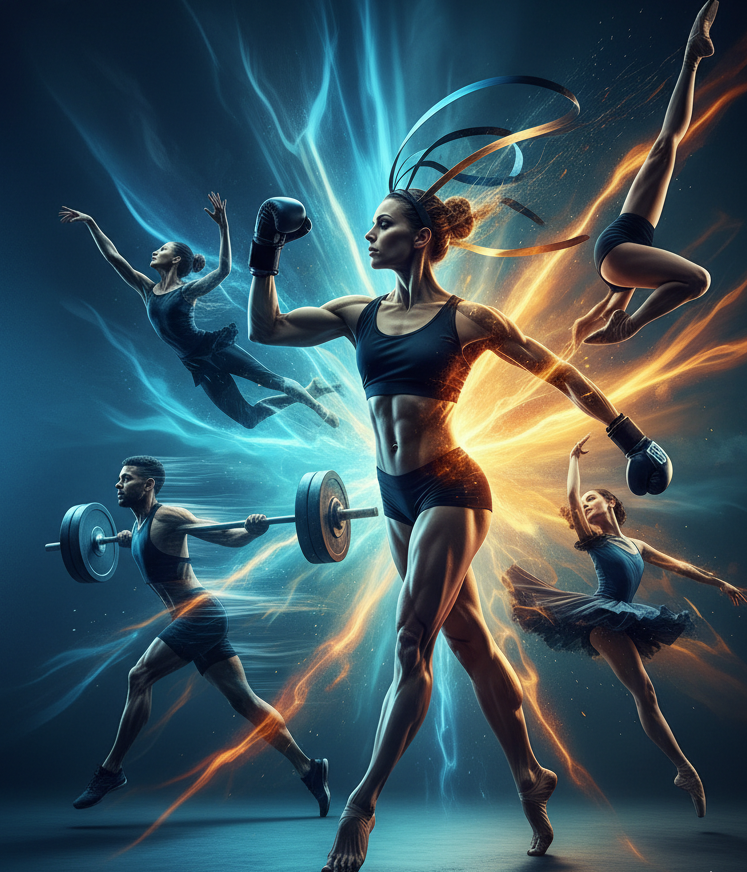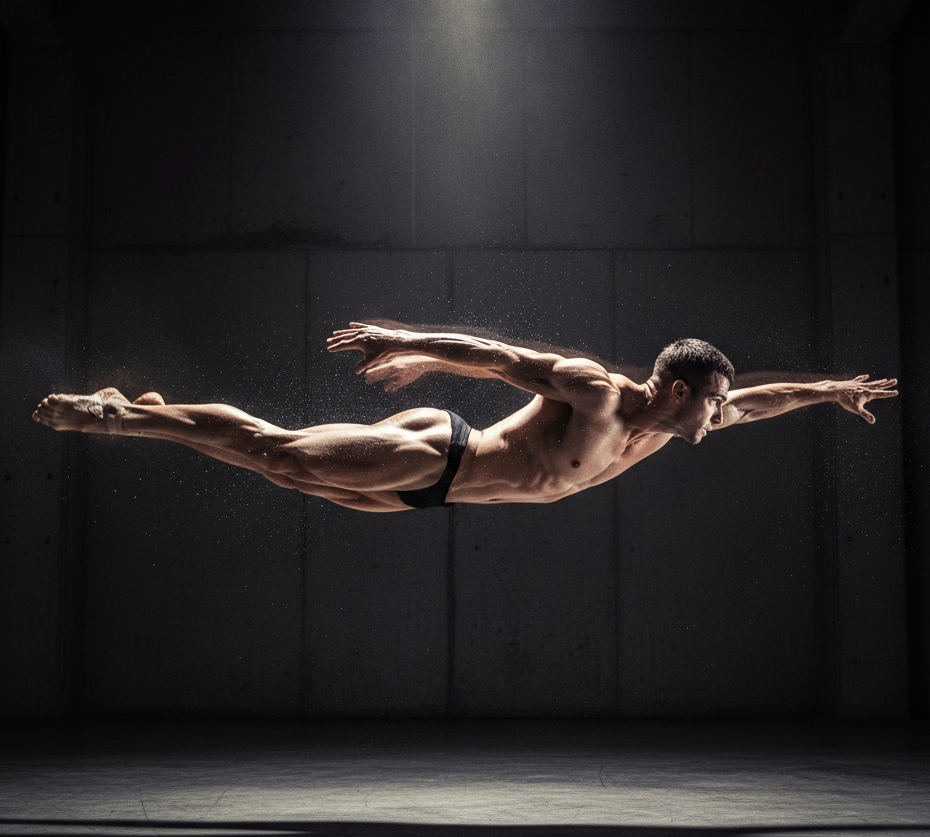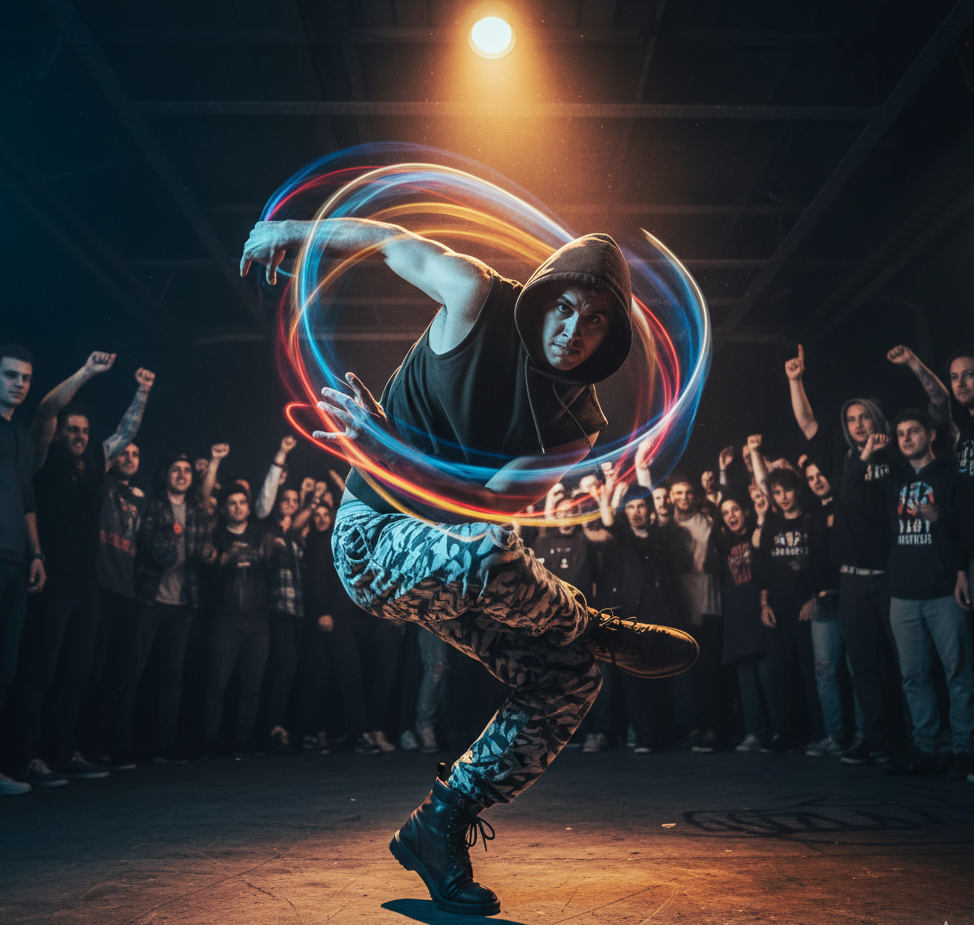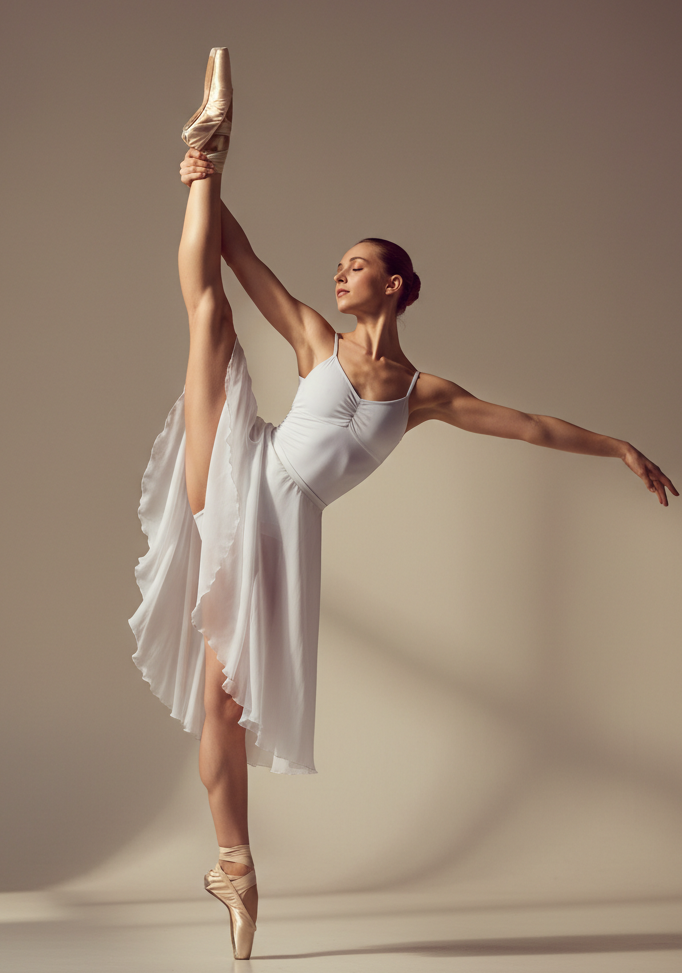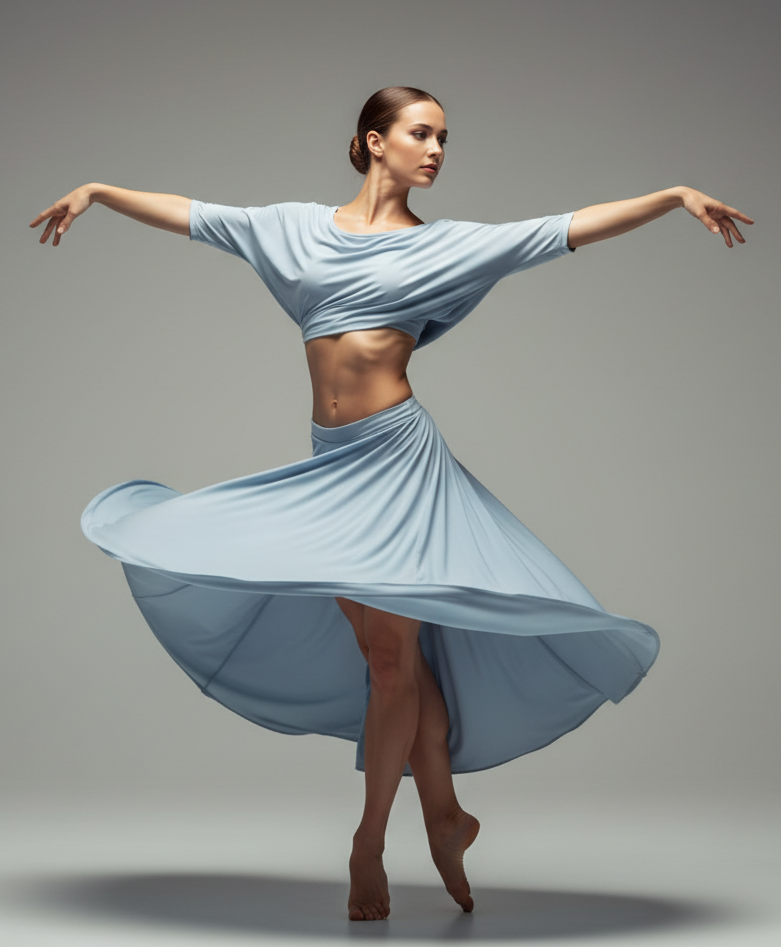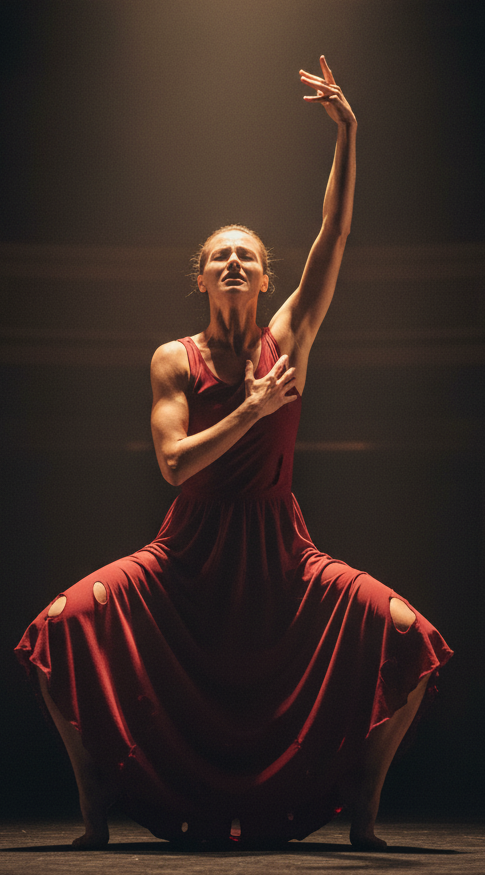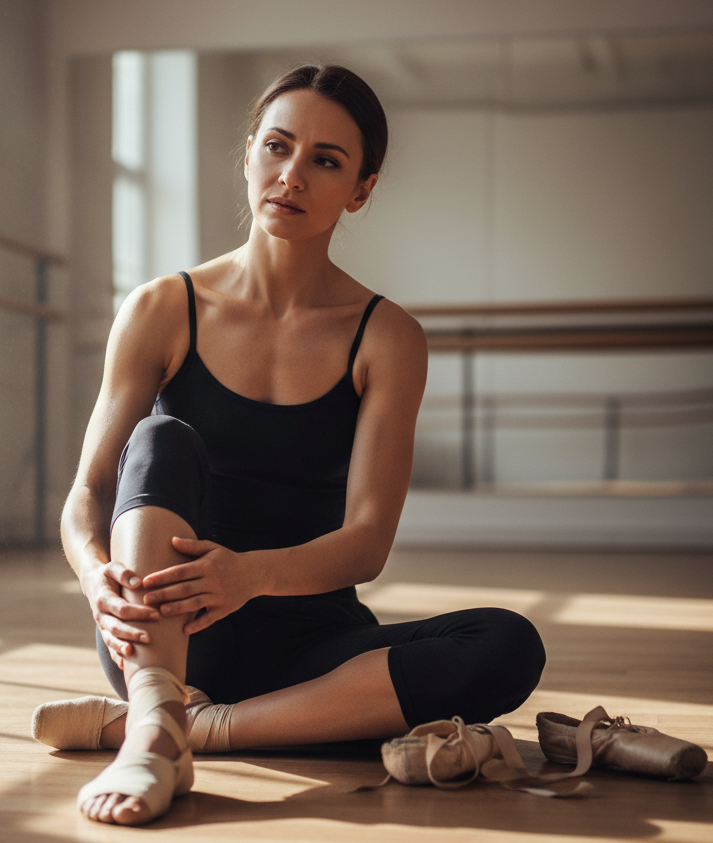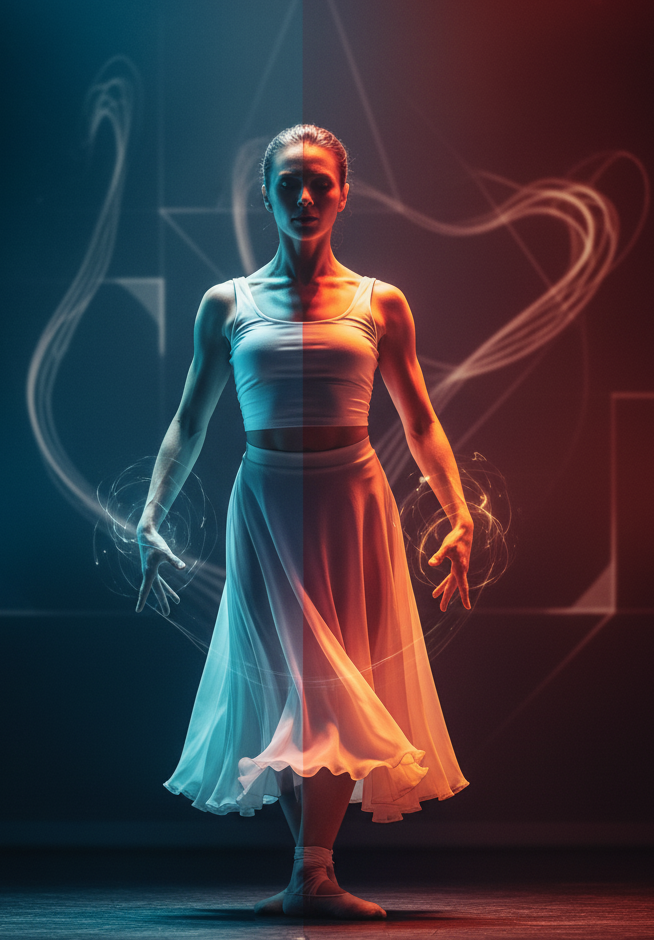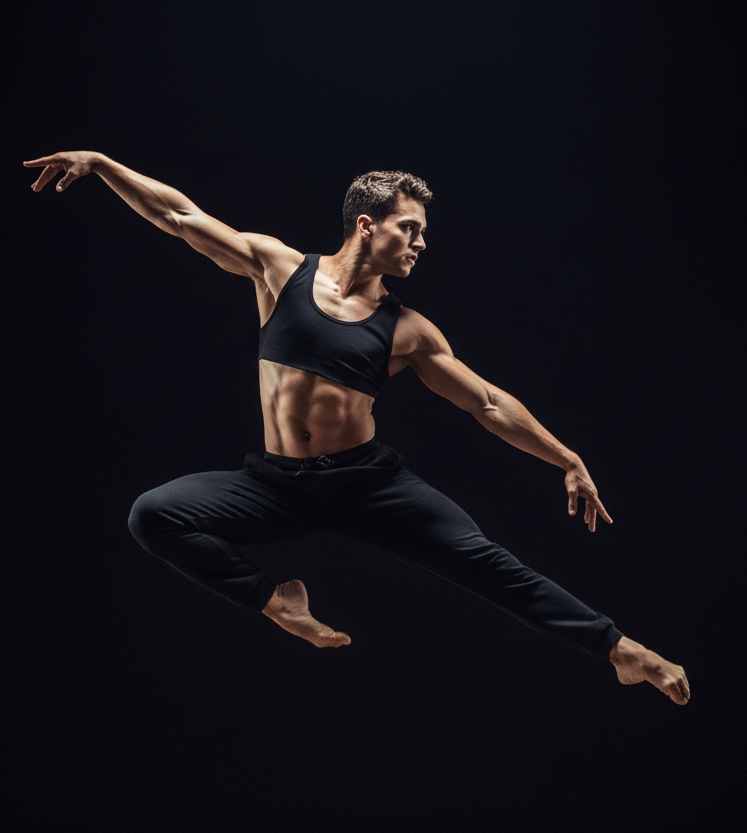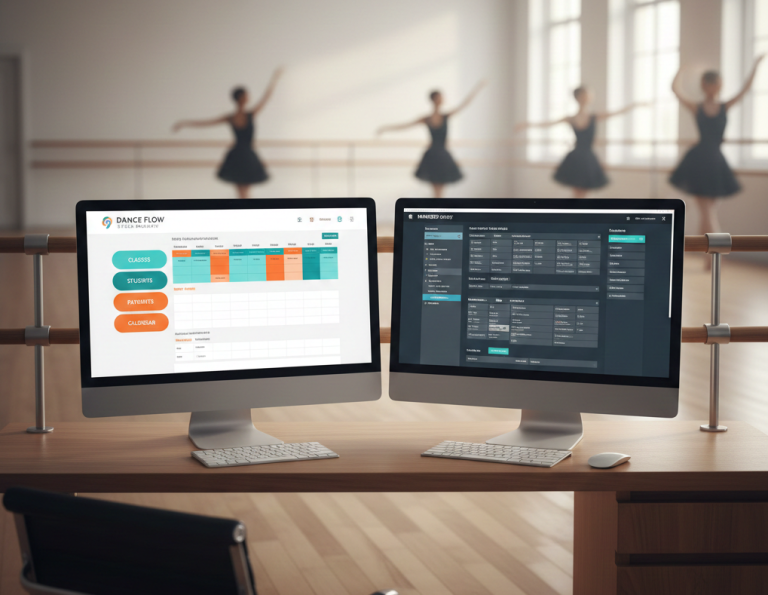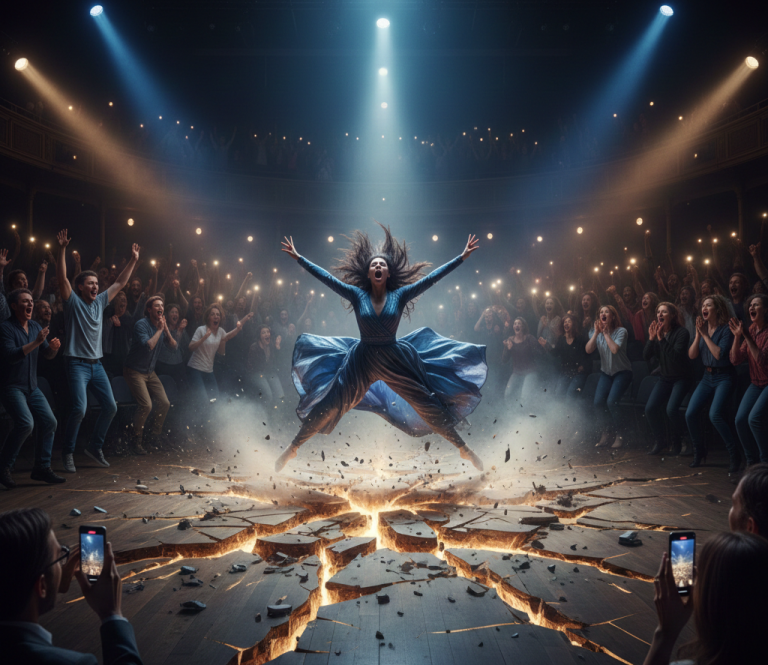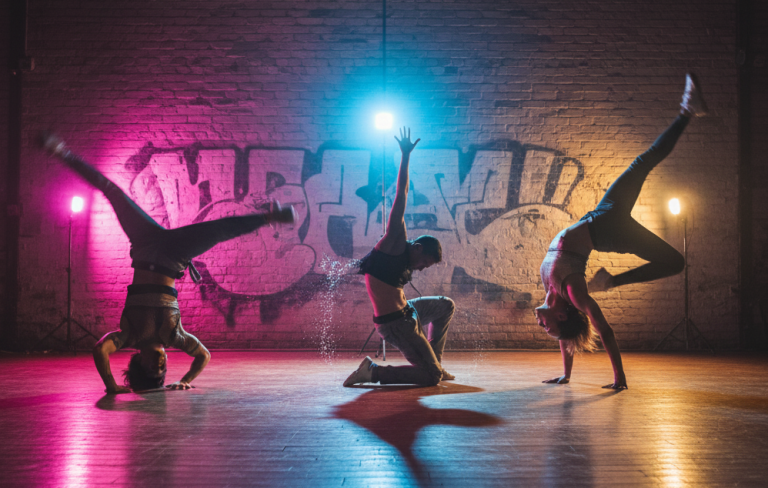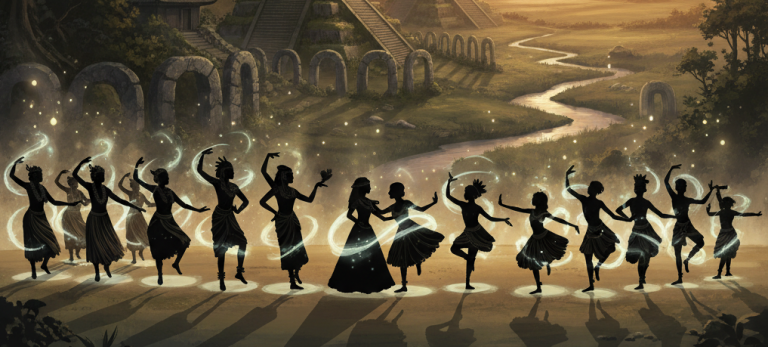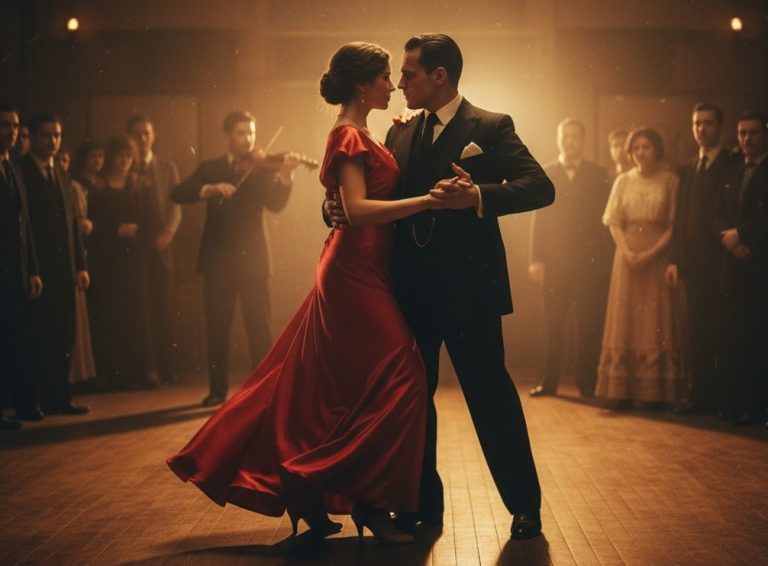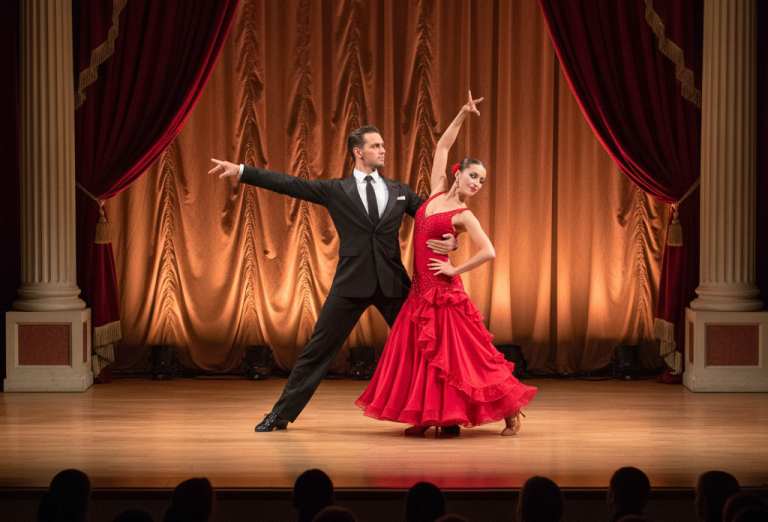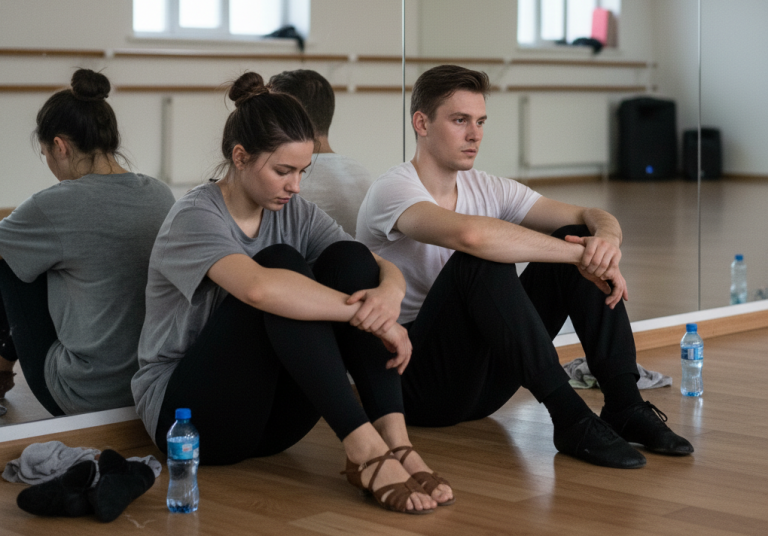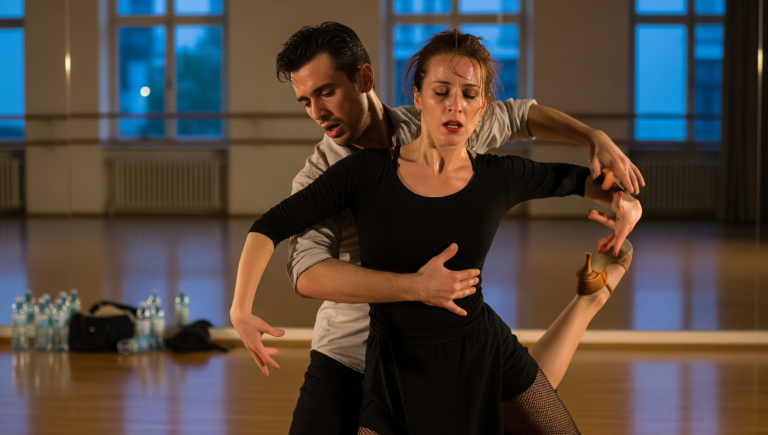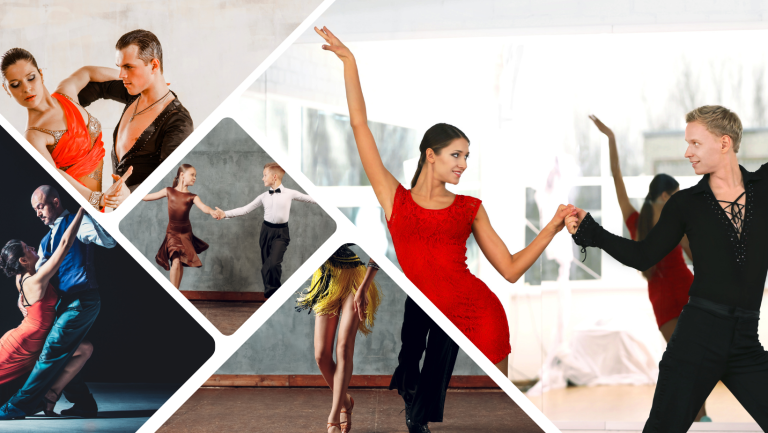The Overlooked Athletes in Plain Sight
When we think of athletes, we often picture basketball players soaring for slam dunks, soccer players sprinting for miles, or MMA fighters locked in split-second combat. But what if the ultimate multi-sport athletes aren’t on the court, the field, or in the ring—what if they’re on stage?
Dancers are often underestimated, their grace mistaken for ease. But behind every pirouette, grand jeté, or freestyle move lies the strength, endurance, coordination, and mental precision of an elite athlete.
This article dives deep into why dancers might just be the most complete athletes—combining power, agility, endurance, and cognitive mastery into one seamless art form.
1. Strength Beyond the Stage
Let’s start with raw power.
Professional dancers—especially ballet, contemporary, and hip-hop performers—develop some of the strongest lower bodies in all of sports.
Take the grand jeté, for instance: a leap that can span six to eight feet through the air, performed from a standing start, without the run-up that most athletes rely on. Compare that to an NBA player’s vertical jump—where athletes have the advantage of movement, grip, and momentum—and you’ll realize just how explosive a dancer’s jump truly is.
Dancers build incredible core and leg strength through hours of training that involves bodyweight resistance, balance, and precision muscle control. The quadriceps, hamstrings, calves, and glutes work together to achieve that lift, while the core stabilizes every movement. Unlike most athletes, they’re also expected to land gracefully, with precision and silence.
It’s not just lower-body strength either—partner work, especially in ballet and ballroom, demands upper-body power. Lifting, catching, or holding another human being mid-spin requires raw physical control equivalent to Olympic-level training.
2. Speed and Reaction Time: Dancing in Milliseconds
Watch a freestyle dancer in a battle or performance. They’re not just moving—they’re reacting. Every beat, rhythm change, or shift in tone requires a rapid decision about the next movement.
In that sense, freestyle dancers operate much like MMA fighters or boxers—constantly predicting, adapting, and responding in real time. Their brains process auditory and spatial information at lightning speed, often in milliseconds, converting sound into movement with no delay.
Studies in neurology have shown that dancers develop enhanced neural processing and faster reaction times compared to non-dancers. Their ability to link sensory input (music) to motor output (movement) is as refined as an athlete responding to a fastball or a punch.
This rapid decision-making makes dance one of the most cognitively demanding physical activities on the planet.
4. Flexibility and Range of Motion
Flexibility is often dismissed as “just stretching,” but in dance, it’s a competitive advantage.
A dancer’s range of motion allows for explosive power, clean lines, and injury prevention. This kind of flexibility doesn’t come from passive stretching alone—it’s active flexibility, meaning control over the full range of motion.
That’s the difference between touching your toes and holding your leg beside your head while balancing en pointe.
Flexibility also plays a major role in functional movement—the ability to transition smoothly from one position to another. Gymnasts and martial artists share this skill, but dancers elevate it to an aesthetic form.
5. Coordination and Balance: The Foundation of Movement
Dancers possess some of the highest levels of motor coordination and balance among all athletes.
From ballet’s precise alignment to contemporary’s fluid improvisation, they constantly fine-tune muscle control and body awareness. Training develops the vestibular system (responsible for balance) and proprioception (the sense of body position), giving dancers an almost superhuman ability to orient themselves in space.
Ever wonder how a dancer can spin multiple times without dizziness?
They train their gaze (spotting) and inner ear to reset balance with each turn, a skill that requires hours of repetition and focus.
7. Emotion and Expression: The Extra Dimension
Unlike most sports, dance adds another layer: emotion.
While athletes focus on strategy and execution, dancers must also tell a story, evoke feeling, and connect with an audience—all while maintaining athletic precision.
It’s like playing an entire football match while smiling, keeping rhythm, and conveying heartbreak or joy.
This dual demand—technical mastery plus emotional authenticity—makes dance an unparalleled blend of physical and psychological endurance.
8. Injury Rates: The Hidden Toll
Just like traditional athletes, dancers face high injury risks. Studies show that professional dancers experience injury rates similar to—or even higher than—those of football or basketball players.
The repeated strain on joints, tendons, and muscles can lead to overuse injuries like stress fractures, tendonitis, and hip or knee damage. The difference is that dancers often continue to perform through pain to maintain the illusion of perfection.
Recovery routines, physiotherapy, and cross-training are essential parts of a dancer’s lifestyle, proving once again that they train and recover just like elite athletes.
10. The Science Behind Dance Performance
Researchers have found that dance activates both hemispheres of the brain—the analytical (left) and creative (right) sides—at once.
This dual activation is rare and makes dancers more neurologically adaptive, improving multitasking, memory, and spatial reasoning.
It’s why professional dancers can recall choreography spanning hours and instantly switch between different rhythms and formations.
Some scientists even refer to dancers as having “athlete’s bodies and musician’s brains”—a perfect synthesis of precision and creativity.
11. Dance vs. Other Sports: The Ultimate Comparison
| Sport | Key Skills | Overlap with Dance |
| Basketball | Vertical jump, agility, coordination | Jump height, lower-body strength |
| Soccer | Endurance, footwork, rhythm | Aerobic capacity, movement timing |
| MMA/Boxing | Reaction time, body control | Real-time adaptation, neural speed |
| Gymnastics | Balance, flexibility, choreography | Shared technical elements |
| Figure Skating | Flow, control, artistry | Same fusion of sport + art |
| Track & Field | Explosive power, muscle discipline | Jumping, sprint dynamics |
When you combine all of these elements—strength, endurance, mental focus, artistic control—you get a dancer.
12. Why Dancers Deserve Recognition as Athletes
Despite the evidence, dance is still often viewed as entertainment rather than sport.
But every leap, turn, and lift is rooted in athletic discipline—years of training, hours of conditioning, and countless rehearsals that rival any sports practice.
If athleticism is the pursuit of human movement excellence, then dancers are not just artists—they’re multi-sport athletes in disguise.
-
-
-
-
Payment Processors Compared for Dance Studio Manager (DSM)
PROCESSORS BEST FOR PRICING MODEL HARDWARE WHY IT WORKS WELL INSIDE DSM Paystri (DSM Preferred Partner) Studios wanting personalized rates, high customer support, and a strong DSM relationship. “Meet or beat” pricing for DSM users Often competitive for both low and high-volume studios Chip / swipe / tap readers (varies by region) DSM has a…
-
-
-
-
-
-
-
-
